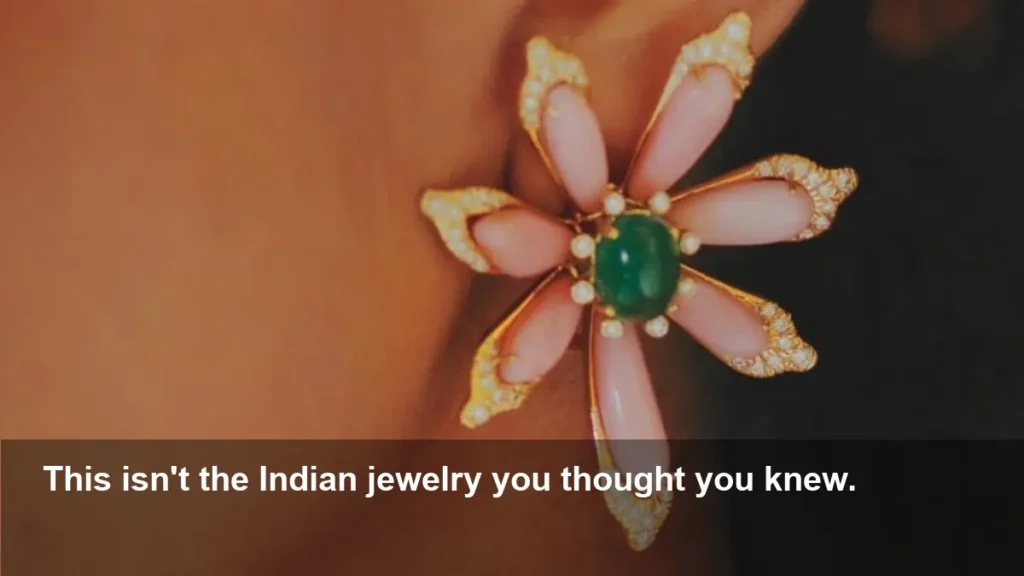Indian Jewelry’s Radical Shift You Can’t Ignore

Key Highlights:
- A new generation of Indian jewelers is emerging, challenging the traditional norms of opulence and ceremony.
- Designers are successfully merging centuries-old Indian craftsmanship with minimalist, modern, and globally-influenced aesthetics.
- Key figures like Milan Chokshi of Moksh and Akshat Ghiya of Tallin are leading this charge, gaining international acclaim.
- This movement is reshaping the global perception of Indian jewelry, transforming it from ceremonial wear to contemporary high fashion.
The Dawn of a New Design Era
For generations, Indian jewelry has been synonymous with grandeur. Heavy gold, intricate bridal sets, and a kaleidoscope of vibrant gemstones have defined its character, often reserved for the most sacred ceremonies and family coffers. But a quiet revolution is underway, and its impact is making waves from the historic workshops of Jaipur to the chic boutiques of Los Angeles. A new guard of Indian designers is rewriting the rule book, proving that tradition isn’t a restriction—it’s a foundation for avant-garde innovation.
Blending Yesterday’s Techniques with Tomorrow’s Vision
At the heart of this movement is a profound respect for heritage, coupled with a desire to create pieces that speak to a contemporary, global audience. These aren’t your grandmother’s jewels; they are wearable sculptures that carry the soul of ancient techniques in a modern form.
Designers are deconstructing classic motifs and reimagining them with clean lines, unexpected materials, and a focus on versatility. The result is jewelry that is both deeply rooted in Indian culture and perfectly aligned with international style sensibilities.
The Trailblazers Redefining an Industry
Leading this transformation are visionaries who are not afraid to innovate.
Milan Chokshi of Moksh
Milan Chokshi’s brand, Moksh, has become a byword for intricate artistry. He masterfully employs micro-pavé techniques and the delicate “Saath-Padi” seven-bead stringing method, traditionally used in Basra pearl necklaces, but applies them to create fluid, almost fabric-like pieces of jewelry. His work swaps ceremonial weight for sophisticated lightness, making it coveted by connoisseurs who appreciate subtle luxury and impeccable craftsmanship.
Akshat Ghiya of Tallin
From the jewelry capital of Jaipur, Akshat Ghiya’s Tallin is challenging perceptions of gemstone use. Drawing on his family’s legacy in the gem trade, Ghiya creates pieces that are architectural and bold. He champions lesser-known stones and employs traditional Rajasthani enamel work (meenakari) in unconventional color palettes and geometric patterns. His designs are a testament to how ancient crafts can be infused with a striking, modernist edge.
A Global Stage Awaits
This new wave is about more than just aesthetics; it’s a strategic shift. By creating jewelry that is lighter, more personal, and suitable for everyday elegance, these designers are opening up Indian craftsmanship to a new generation of buyers at home and abroad. They are proving that the legacy of India’s master artisans is not a relic of the past but a dynamic and evolving art form, ready to claim its place in the modern luxury landscape. The world is taking notice, and this is one trend you don’t want to miss.
Image Referance: https://robbreport.com/style/jewelry/indian-jewelers-avant-garde-jewelry-1237254351/

